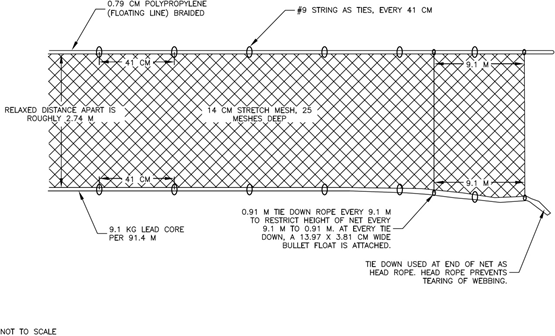Lately, I’ve been seeing a variety of sewists make their own underwear, and it’s actually inspiring me-but there’s one element that I don’t need to incorporate in my me-made underwear: elastic.
If you’ve ever made underwear before, you most likely know that many ending strategies for the legholes and waistline embrace elastic, both fold-over elastic, picot, and even braided elastic encased in fabric. I don’t know about you, but none of my ready-to-wear underwear have elastic within the legs-and sometimes they don’t within the waist either. This is the kind of underwear I like finest.
So, where does this depart me? I’m not a fan of elastic in my underwear as a result of it feels too restrictive, but I want to make my own underwear. This is the place knit bands come into play for me. I’m going to point out you the right way to swap elastic for a knit band to finish your underwear!
You’ll Need:
– Fabric
– Pattern
– Tape measure
– Ruler
– Extra paper
– Pencil
The best way to Draft and Sew a Knit Band
Let’s do this.
Be sure that your fabric meets the stretch requirements acknowledged in the sample you’re using. I’m making the Sophie Hines Median Knickers pattern, and it requires 50%-75% stretch.
If you’re using a Seamwork sample, it includes a stretch guide to help you see if the fabric you need to make use of has sufficient stretch in it. Here are some Seamwork patterns you should use:
– The Geneva panties are a basic choice, especially if you need to make use of stretch lace.
– The Kaye shorts are excellent for biker-short type underwear.
If you liked this short article and you would like to get more facts regarding jacquard elastic webbing for sale kindly take a look at our own page. – The Dana underwear would work nicely with a knit band as a substitute of elastic.
– The new (and free!) Flo interval underwear. You may make these with out the absorbent fabric if you want to make a comfy pair of on a regular basis underwear.
Cut your pattern out and sew collectively all the basic pieces. Here is my constructed garment except for the leg holes and waist.
Measure the leg opening and waistline to help you decide how lengthy your knit bands need to be. My leg holes turned out to be 27 1/2 inches, and my waist is 34 1/2 inches. Next, I must do some math.
Ugh, math!? I know-it’s not my favorite, however we obtained this!
You want some math because when you lower the knit band the same length as the leg hole or waistline, it won’t have the stretch to mimic the elastic finish. You need to find the proper quantity of negative ease for your knit band to stay in place and fit securely-but comfortably-to your body.
I consulted with Wallis, our patternmaker-and the queen of knits-right here at Seamwork, and she advised me to follow a simple equation when making knit bands for closures. Make the knit band 90% of the total circumference of the opening.
I want to emphasize that 90% is a suggestion and a superb place to start out! Depending in your fabric’s restoration, you may must do some testing to get the proper circumference. You’ll be able to all the time baste your band to your underwear to examine the match first.
So, since my leg hole is 27 1/2 inches, my equation is: 27.5 x .9 = 24.75. I cut my leg bands at 24 3/four inches.
My waist measured 34 1/2 inches, my equation is: 34.5 x .9 = 31. I lower my waistband at 31 inches.
I would like my bands to be a bit wider, so I lower them 2 inches large, however you can make them a bit narrower or wider. Try not to go beneath 1 1/2 inches or over 2 1/2 inches. In the event you reduce your bands too slender, jacquard elastic webbing for sale they might need some more bulk on the seam allowance. Should you cut them too extensive, you could have problems fitting your gusset.
Sew the 2 quick ends of your knit band together. Press the seam to one facet. Helpful trace: If you’re using a serger, use just one needle to cut down on bulk when serging.
Press the band in half lengthwise.
With fallacious sides together, baste the raw edge.
With right sides together, pin the knit band evenly along the leg gap. You will have to stretch the knit band as you go.
A trick to evenly pinning the band is to mark your band in quarters. Then, woven elastic webbing mark your leghole and waistline in quarters. Stretch to match the quarter markings and pin in place, evenly distributing the band.
Using a serger or a zigzag stitch, sew the knit band to the underwear at 3/8 inch. Stretch the knit band as you go to ease it in. You may see this in motion in this video tutorial for including a knit band on our YouTube channel.
Press the seam allowance towards the underwear and topstitch with a narrow zigzag to carry the seam allowance in place.
Now repeat that same course of in your different leg gap and waistband jacquard elastic webbing and marvel at the no-elastic undies you just made! Great job!
Taylor Pruitt
UX Designer
Taylor has an eye fixed for design. As the Product Manager for Seamwork, she wants to verify your online experiences are fun and gratifying.




